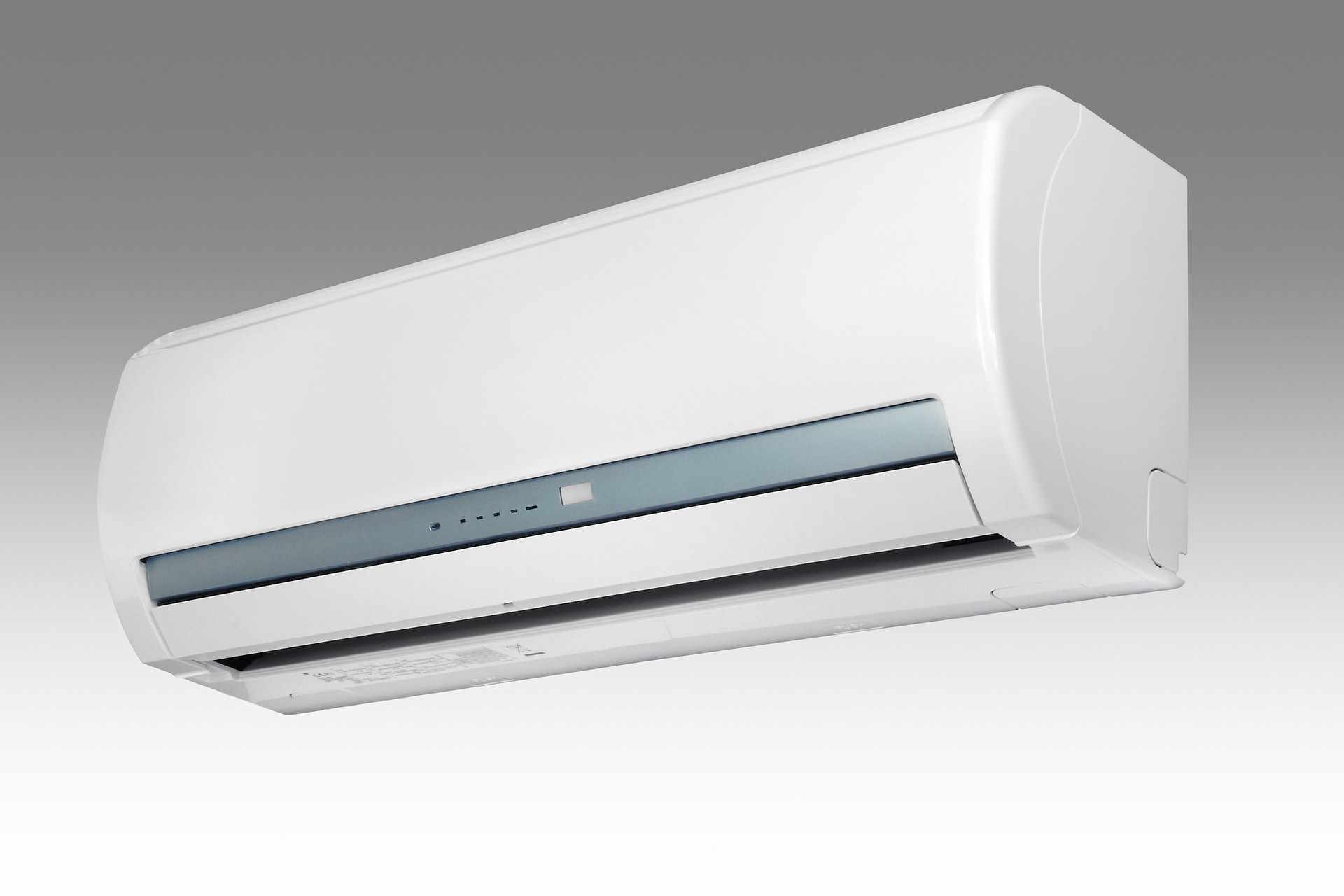5 Common Pitfalls to Avoid When Setting Up a New Air Conditioning System
Even when working with reputable HVAC companies, certain oversights during a new AC installation can lead to long-term problems. Common mistakes include choosing a system without proper load calculation, neglecting ductwork repairs, placing the condenser in a poorly ventilated area, skipping essential insulation, or failing to schedule follow-up HVAC services after installation. Each of these errors can affect efficiency, comfort, and system lifespan. By recognizing these pitfalls before the work begins, homeowners can work more effectively with HVAC companies and ensure their HVAC services deliver optimal results.

What are the common sizing errors made by HVAC companies during installation?
One of the most critical aspects of air conditioning installation is proper sizing. Unfortunately, many HVAC companies make the mistake of installing systems that are either too large or too small for the space they’re meant to cool. An oversized system will short cycle, turning on and off frequently, which leads to increased wear and tear, higher energy bills, and inadequate dehumidification. Conversely, an undersized system will struggle to cool the space effectively, running constantly and driving up energy costs.
To avoid this pitfall, insist on a thorough load calculation before installation. This process takes into account factors such as the size of your home, insulation levels, window placement, and local climate to determine the correct system capacity. A professional HVAC technician should use industry-standard methods like Manual J calculations to ensure accurate sizing.
How can skipping ductwork inspections impact AC performance?
Many homeowners and even some HVAC companies overlook the importance of ductwork when installing a new air conditioning system. Existing ductwork may have leaks, poor insulation, or improper sizing that can significantly impact the performance of a new AC unit. Skipping a thorough ductwork inspection can lead to reduced efficiency, uneven cooling, and increased energy costs.
Before installing a new system, ensure that a comprehensive ductwork inspection is performed. This should include checking for leaks, proper insulation, and correct sizing. Any issues found should be addressed before the new AC unit is installed. Properly sealed and insulated ducts can improve system efficiency by up to 20%, according to the U.S. Department of Energy.
What placement mistakes do HVAC services warn against?
The location of your air conditioning unit can have a significant impact on its performance and longevity. Common placement mistakes include installing the outdoor unit in direct sunlight, too close to walls or other obstructions, or in areas prone to debris accumulation.
HVAC professionals recommend placing the outdoor unit in a shaded area, if possible, to reduce the workload on the system. Ensure there’s adequate clearance around the unit for proper airflow and maintenance access. Additionally, consider factors such as noise when deciding on placement, especially in relation to bedroom windows or outdoor living spaces.
Indoor components, such as the evaporator coil and air handler, should be placed in areas that allow for easy maintenance access and efficient air distribution throughout the home. Avoid placing these components in unconditioned spaces like attics, as this can reduce system efficiency.
How does overlooking insulation affect system efficiency?
Insulation plays a crucial role in maintaining your home’s temperature and reducing the workload on your air conditioning system. Many homeowners focus solely on the AC unit itself, overlooking the importance of proper insulation throughout the home. This oversight can lead to increased energy consumption and reduced comfort.
Before installing a new AC system, assess your home’s insulation, particularly in the attic, walls, and around windows and doors. Upgrading insulation where needed can significantly improve your new system’s efficiency. According to the Environmental Protection Agency (EPA), proper insulation can reduce cooling costs by up to 15%.
Additionally, consider other energy-saving measures such as installing weatherstripping, sealing air leaks, and using reflective window coatings to further enhance your AC system’s performance.
Why do follow-up visits from HVAC companies matter?
Many homeowners assume that once their new air conditioning system is installed, no further attention is needed. However, follow-up visits from HVAC companies are crucial for ensuring optimal system performance and longevity. These visits allow technicians to fine-tune the system, address any issues that may have arisen during the initial break-in period, and provide valuable guidance on system maintenance.
During follow-up visits, technicians can:
-
Check refrigerant levels and system pressures
-
Verify proper airflow and temperature differentials
-
Ensure all electrical connections are secure
-
Calibrate thermostat settings
-
Provide advice on filter replacement and routine maintenance
Skipping these follow-up visits can lead to undetected issues that may reduce system efficiency or lead to premature failure. Most reputable HVAC companies include at least one follow-up visit as part of their installation package, typically scheduled a few weeks after the initial installation.
Investing in a new air conditioning system is a significant decision that can greatly impact your home’s comfort and energy efficiency. By avoiding these common pitfalls – improper sizing, neglecting ductwork, poor unit placement, overlooking insulation, and skipping follow-up visits – you can ensure that your new AC system performs optimally for years to come. Always work with reputable HVAC professionals who take a comprehensive approach to system installation and provide ongoing support for the best results.




